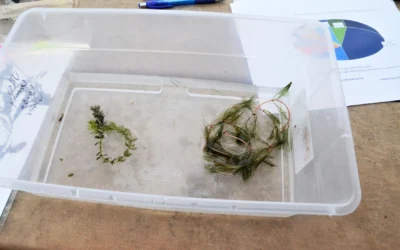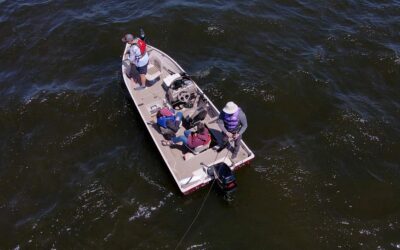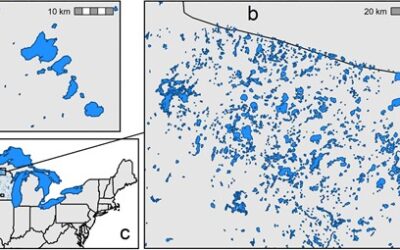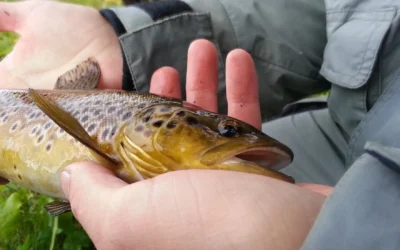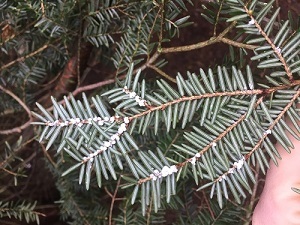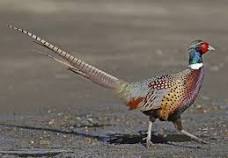Wisconsin law requires boaters to take certain steps to prevent the spread of aquatic invasive species. This includes removing mud and any plants or animals attached to their boats or trailers, drain all water from boats, and to never move plants or live fish away...
Invasive Species
Non-Native Invasive Species in Forest County
TERRESTRIAL:
- Purple Loosestrife
- Garlic Mustard
- Wild Parsnip
- Common Tansy
- Buckthorn
- Japanese Knotweed
- Spotted Knapweed
- Reed Canary Grass
- Phragmites
- Japanese barberry
- Emerald Ash Borer
- Earthworms
- Jumping Worms
AQUATIC (AIS):
- Eurasian Milfoil
- Yellow Floating Heart
- Curly Leaf Pondweed
- Rusty Crayfish
- Zebra Mussels
- Spiny Water Flea
Anglers Play A Key Role In Aquatic Invasive Species Prevention
MADISON, Wis. – The Wisconsin Department of Natural Resources (DNR) urges anglers to help prevent the spread of aquatic invasive species by draining water from their boats and equipment this fishing season. The first full weekend of June is all about fishing in...
Nine Lessons about Aquatic Invasive Species from the North Temperate Lakes Long-Term Ecological Research (NTL-LTER) Program
Abstract: Freshwater ecosystems can serve as model systems that reveal insights into biological invasions. In this article, we summarize nine lessons about aquatic invasive species from the North Temperate Lakes Long-Term Ecological Research program and affiliated...
Spiny Water Flea – What exactly is it?
A video from the Vilas County Land & Water Conservation Department about the Spiny Water Flea, an invasive plankton found throughout the Great Lakes region - including inland lakes in Wisconsin.
‘Deeply disturbing news.’ Invasive quagga mussels documented in Geneva Lake; first finding in Wisconsin inland lake
Quagga mussels have been documented in Geneva Lake in Walworth County, the first finding of the aquatic invasive species in a Wisconsin inland lake. by Paul A. Smith, Milwaukee Journal Sentinel Geneva Lake in Walworth County has long been known for its clear, deep...
The 17-Year Cycle of Cicadas in Northern Wisconsin
Cicadas are a fascinating group of insects known for their distinctive life cycles, particularly the periodical cicadas that emerge in synchronized, large-scale events every 13 or 17 years. In Northern Wisconsin, the 17-year cicada, known as Magicicada septendecim,...
Whirling Trout Disease
The Wisconsin DNR discovered a trout parasite in wild trout in southwestern Langlade County. It can lead to what’s called “whirling disease” in select species of fish....
African Jumping Worms’ Onslaught in Northern Wisconsin
The serene landscapes of Northern Wisconsin are facing a silent invasion, one that threatens the very fabric of its ecosystems. Enter the African jumping worms, an invasive species whose rapid spread and voracious appetite are causing alarm among ecologists and...
Hemlock Woolly Adelgid
Our neighbors to the East in Michigan have reported an outbreak of Hemlock Woolly Adelgid. These insects are considered invasive because they are not native to the state and can cause significant harm to Michigan’s estimated 170 million hemlock trees. As they feed,...
Ring-Necked Pheasant
In previous articles, I talked about the Japanese beetle, an exotic invasive that is eating gardens across the Northwoods. Of course, there are many more exotic invasive plants and animals in Wisconsin including the Eurasian Watermilfoil, Common Buckthorn, Garlic...

